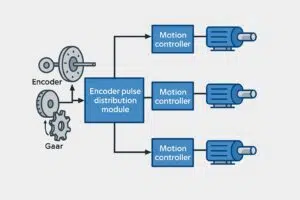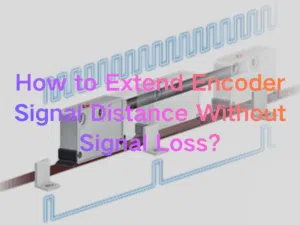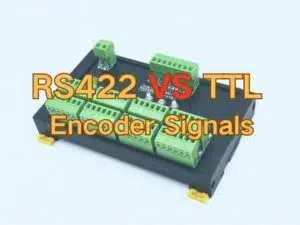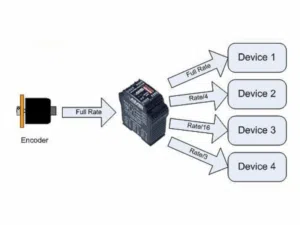Push-in terminal blocks for PLC wiring have become increasingly favored in control panel and automation system design due to their space-saving features, ease of maintenance, and superior connection reliability. This article explores common wiring problems in control panels, the benefits of push-in technology for PLC applications, integration strategies, a practical case study, and tips for efficient assembly.
Common Wiring Problems in Control Panels
Traditional wiring systems still rely heavily on screw-type terminals. While proven reliable, they introduce several recurring issues during installation and long-term maintenance:
- Time-consuming installation: each screw must be tightened to precise torque.
- Loosening under vibration: especially problematic in industrial environments.
- Over-tightening or cross-threading: can damage conductors or terminals.
- Maintenance burden: requires periodic re-checking of all connections.
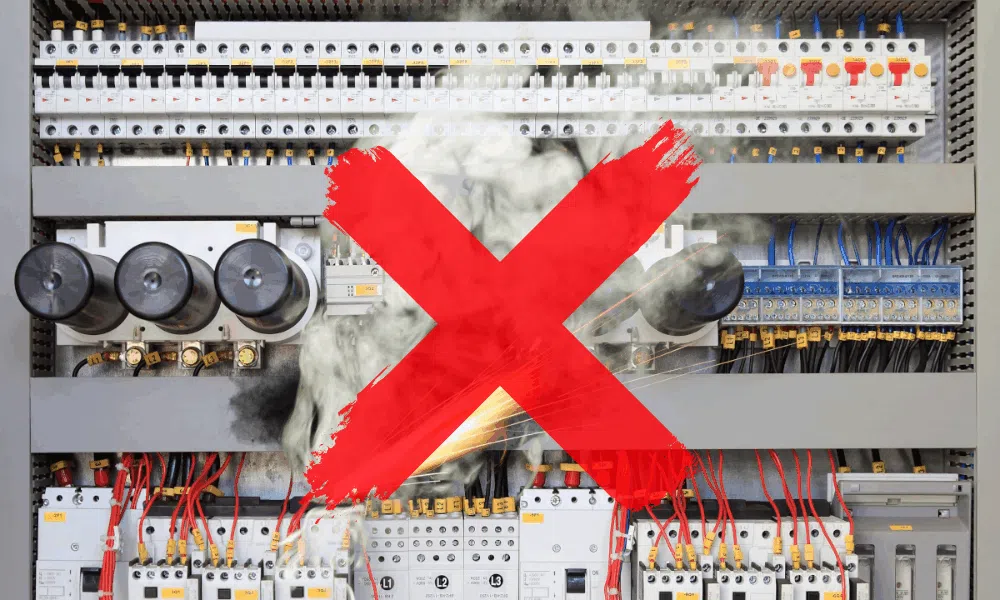
For high-density PLC panels, these factors significantly increase assembly time and risk of downtime. The introduction of tool-free push-in terminals push-in terminals effectively addresses these challenges.
Push-in Technology Benefits for PLC
- Weltraum-Effizienz: Compact design allows higher wiring density saving panel space.
- Fast Wiring: Tool-free push-in connection speeds up installation by 50% or more compared to screw terminals.
- Easy Maintenance: Quick wire insertion and release reduce downtime during service.
- Reliable Connections: Spring clamp technology prevents loosening and maintains secure contact even under vibration.
- Consistent Quality: No torque variability as with screw terminals, improving reliability.
Diese automation wiring terminals are ideal for environments with continuous machine vibration or temperature shifts.
🔗 Related reading: Applications of Push-in Terminals in PLC and Automation Systems
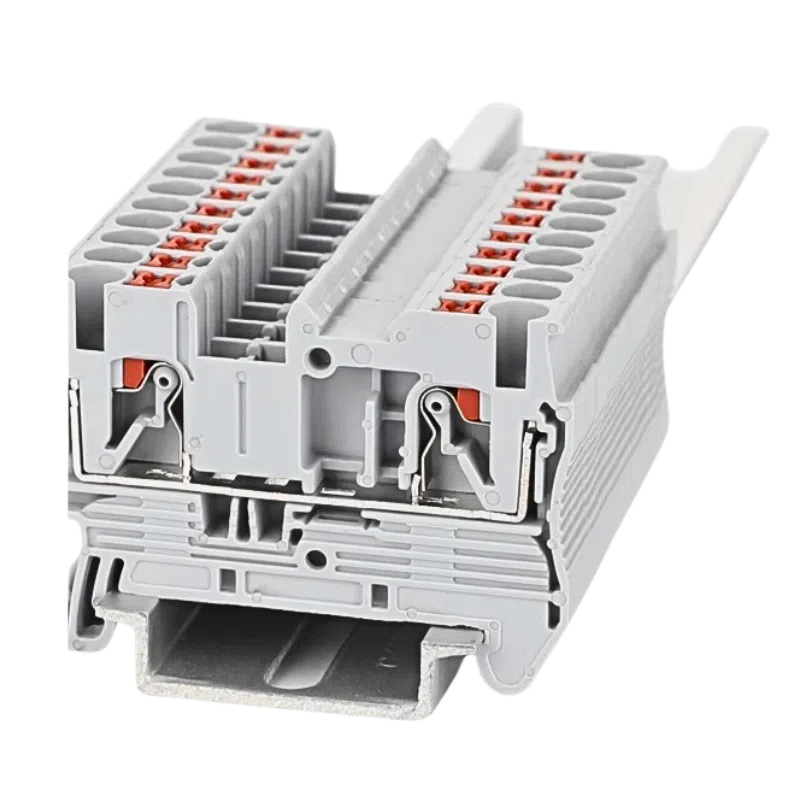
Push-in Terminal Block Series
- Engineered for PLC and control panel wiring, AOSI push-in terminals provide tool-free installation, UL/VDE certification, and high-density modular design for 24V systems.
Case Study – DC PLC Panel Example
A manufacturing plant upgraded their 24V DC PLC panel wiring from screw terminals to push-in terminal blocks.
Before:
- 16 hours of manual screw wiring per cabinet
- Torque calibration required for every connection
- Signal loss in vibration-heavy environments
After:
- Wiring time reduced by 65%
- Maintenance intervals extended from 6 months to 2 years
- Stable current flow and reduced downtime
Each PLC control terminal block performed reliably under continuous 24V operation, proving push-in terminals’ efficiency in industrial-grade PLC systems.
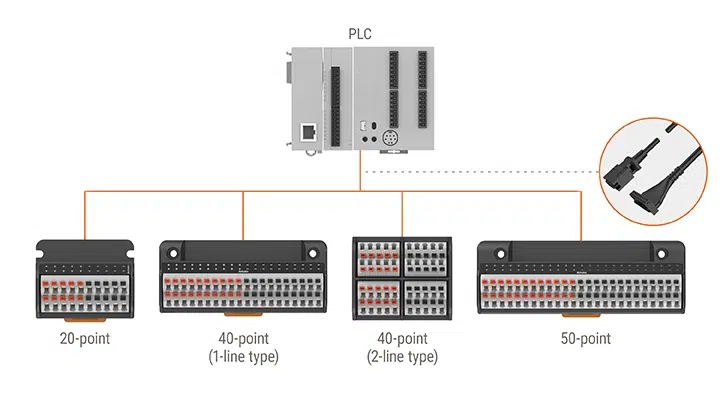
Tips for Efficient Panel Assembly
To get the best results when wiring push-in terminal blocks for PLC systems:
- Use ferruled conductors for consistent insertion depth.
- Group terminals logically by circuit type (input/output/power).
- Label all connections for clear identification.
- Conduct pull tests on 10% of terminals as QC verification.
- Maintain airflow for thermal management.
These small steps ensure professional-grade performance from every automation wiring terminal in your control cabinet.
FAQs of Push-in Din Rail TB in PLC Wiring
A1: Push-in terminals offer tool-free wiring that saves up to 70% installation time and eliminates torque errors. They also ensure consistent contact pressure, reducing maintenance in control panels.
A2: Yes. Certified models such as AOSI’s PT2.5 series are rated for 24V DC PLC control systems and tested to UL1059 and IEC60947-7-1 standards. They maintain low contact resistance under continuous operation.
A3: Absolutely. Their slim modular design enables high wiring density, making them an ideal compact control cabinet wiring solution for industrial automation.
A4: Top manufacturers like AOSI and Phoenix Contact certify push-in terminals under UL, VDEund CE standards, ensuring compliance for global automation and control panel applications.
Schlussfolgerung
In modern automation design, push-in terminal blocks for PLC wiring have become an essential part of efficient control panel construction.
Their tool-free connection system simplifies installation, minimizes wiring errors, and ensures consistent electrical performance even under vibration or temperature fluctuation.
Unlike screw terminals, push-in types maintain constant clamping force without re-tightening, providing reliability over years of continuous operation.
By integrating certified automation wiring terminals into PLC and machine control systems, manufacturers can build panels that are not only compact and safe but also easy to service and scale.
For a complete range of high-quality PLC control terminal blocks, explore the AOSI Push-in Terminal Block Series — engineered for precision, performance, and long-term stability in automation environments.


